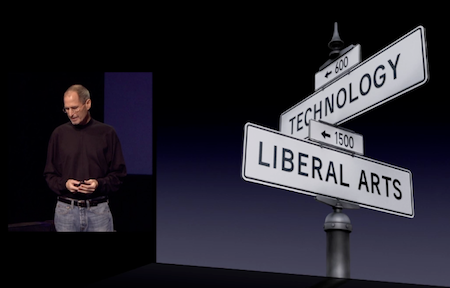I’ve previously written about the coming transition to software-based tutors. Salman Khan, the creator of Khan Academy, apparently gave a recent talk at TED at Bill Gate’s invitation. Khan goes further than my previous blog post in citing some of the real educational advantages of software-based tutors over human tutors. Khan began his website as a way to tutor his cousins from near and far, but he soon realized that the advantages went far beyond cost and scale. Excerpt from a Wired article about the talk:
“[The cousins] were saying something very profound,” Khan said. “They were saying that they preferred the automated version of their cousin to their cousin.”
What this meant, essentially, was that having a video lesson that they could pause and repeat at will, made it easier to learn without tiring their tutor.
…
“In a traditional classroom you have homework, lecture, homework then you have a snapshot exam,” he said. “And whether you pass or not, the class moves on to the next lesson.”
Even the ones who get 95 percent of the lesson correct, still have 5 percent they didn’t grasp, and with each subsequent lesson, the percentage they don’t understand increases.
…
“The traditional model penalizes the student for experimentation and failure but does not expect mastery,” he said. “We encourage you to experiment. We encourage you to failure. But we do expect mastery.”
All of this is possible because students can cost-effectively learn at their own pace. And of course, Khan has really only scratched the surface of what is possible. For example, it’s easy to imagine branching videos that let students delve deeper into certain topics if they didn’t fully understand the explanations given in previous videos.
I think that eventually, the idea of a mathematics “lecture class” will be considered hopelessly outdated.

